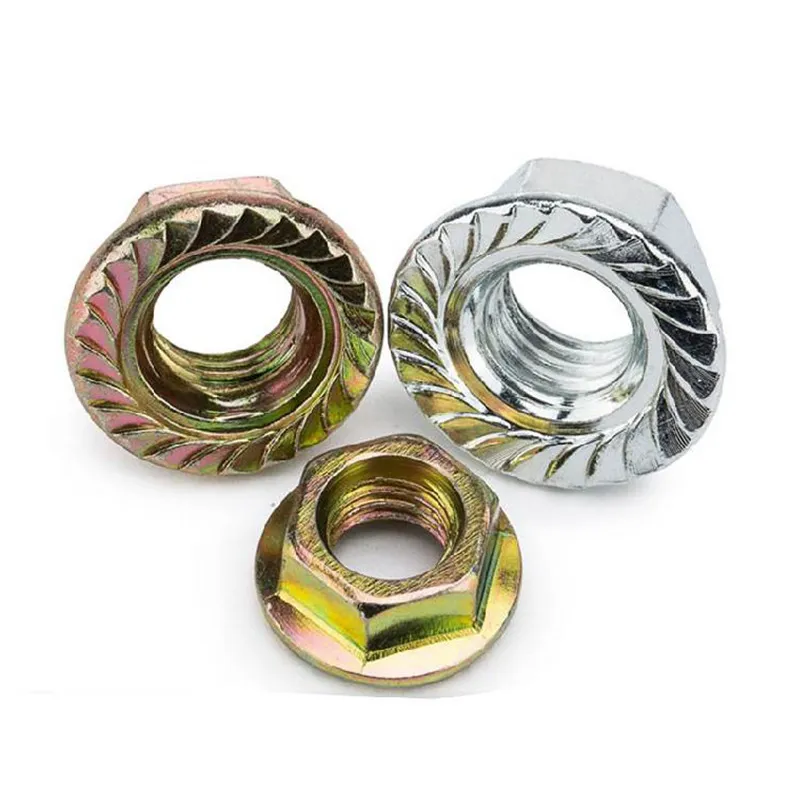

stud bolt din 976
Nov . 29, 2024 18:51 Back to list
stud bolt din 976
Understanding Stud Bolts The DIN 976 Standard
Stud bolts are essential components in various engineering and construction applications, serving as critical fasteners for joining two or more objects together. Among the different standards that govern their design and manufacturing, the DIN 976 standard is widely recognized in Europe and beyond. In this article, we will explore the significance of DIN 976 stud bolts, their specifications, and their applications.
What is DIN 976?
DIN 976 is a standard established by the German Institute for Standardization (Deutsches Institut für Normung), which specifies the requirements for stud bolts used in mechanical engineering and construction. Stud bolts are distinguished from regular bolts in that they are cylindrical fasteners without a traditional head, with threads on both ends and a smooth shank in the middle. This design allows them to be more versatile for axial loads and provides greater flexibility in fastening applications.
Key Features of DIN 976 Stud Bolts
1. Design and Construction DIN 976 defines the dimensions, material requirements, and mechanical properties of stud bolts. The standard specifies various grades need for different applications, ensuring that the studs possess sufficient tensile strength and durability to withstand operational stresses.
2. Material Options Stud bolts manufactured under DIN 976 can be made from various materials, including carbon steel, stainless steel, and alloy steel. The choice of material depends on the specific application and environmental conditions. For example, stainless steel stud bolts are preferred in corrosive environments, while carbon steel may be sufficient in less demanding situations.
3. Thread Specifications The standard includes detailed information on thread types, sizes, and tolerances. The use of metric threads is standard, promoting compatibility and interchangeability in international projects. Stud bolts can be produced with fine or coarse threads, depending on the torque requirements and loading conditions.
stud bolt din 976

4. Coatings and Finishes To enhance corrosion resistance and improve performance, DIN 976 stud bolts can be coated with various finishes, such as zinc plating or black oxide. These coatings provide an additional layer of protection against environmental factors, extending the life of the fastener.
Applications of DIN 976 Stud Bolts
Stud bolts play a vital role across numerous industries, including
- Construction In building frameworks and large structural assemblies, stud bolts ensure that heavy components are securely joined. Their use in critical connections helps maintain the integrity of the structure over time.
- Mechanical Engineering In machinery and equipment assembly, stud bolts are often used to connect engines, pumps, and other mechanical parts, where they withstand dynamic loads and vibrations.
- Oil and Gas The oil and gas industry relies heavily on stud bolts for pipelines and drilling equipment. Given the high-pressure conditions and potentially corrosive environments, the strength and reliability of DIN 976 stud bolts are paramount.
Conclusion
The DIN 976 standard for stud bolts provides a framework that ensures quality, reliability, and performance across numerous applications. Understanding this standard helps engineers and construction professionals select the right stud bolts for their projects, contributing to safer and more efficient constructions. As technology and materials continue to evolve, adherence to such standards remains crucial to meeting the demands of modern engineering challenges. Whether in high-rise buildings or intricate machinery, stud bolts governed by DIN 976 are indispensable in ensuring structural integrity and performance.
Latest news
-
High-Strength Hot Dip Galvanized Bolts - Hebei Longze | Corrosion Resistance, Customization
NewsJul.30,2025
-
Hot Dip Galvanized Bolts-Hebei Longze|Corrosion Resistance&High Strength
NewsJul.30,2025
-
High-Strength Hot-Dip Galvanized Bolts-Hebei Longze|Corrosion Resistance&High Strength
NewsJul.30,2025
-
Hot Dip Galvanized Bolts-Hebei Longze|Corrosion Resistance&High Strength
NewsJul.30,2025
-
Hot Dip Galvanized Bolts - Hebei Longze | Corrosion Resistance, High Strength
NewsJul.30,2025
-
High-Strength Hot Dip Galvanized Bolts-Hebei Longze|Corrosion Resistance, Grade 8.8
NewsJul.30,2025

